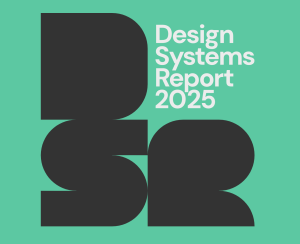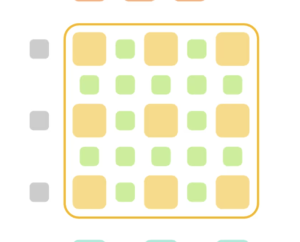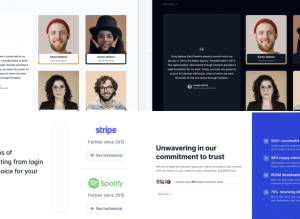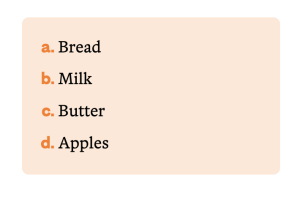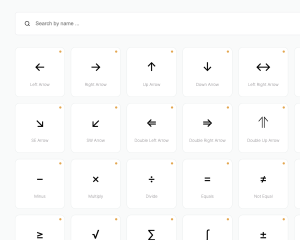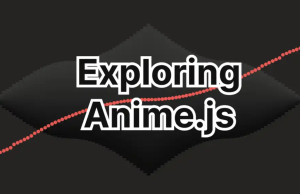Design Systems Report 2025
Welcome to the Design Systems Report (formerly known as How We Document), our annual report that dives into the state of design systems. We’re into the fourth year of our report, and once again we’ve gathered the data on your teams, how you structure your design systems, the challenges you face and what makes a well adopted, highly trusted design system. Just under 300 of you participated in the survey,…

